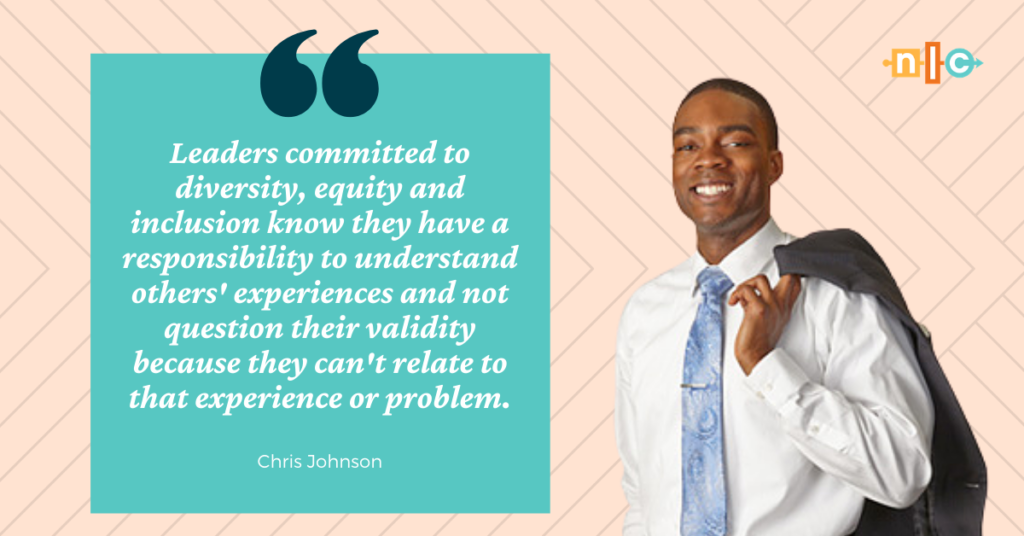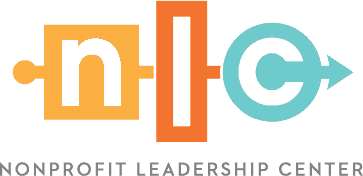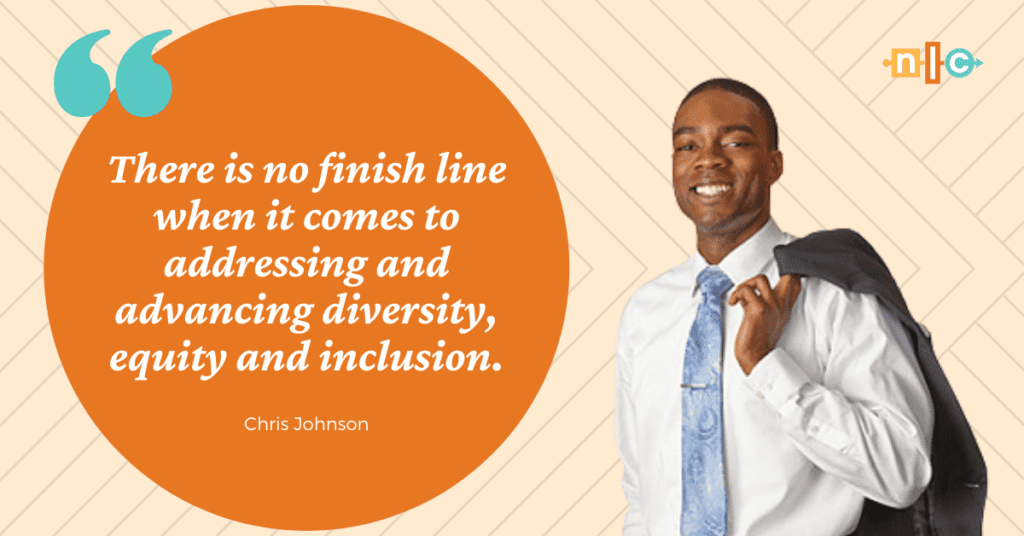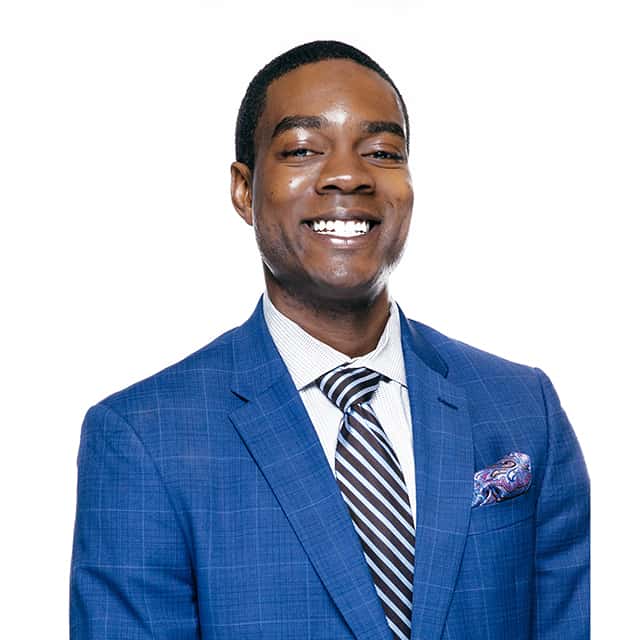Everywhere you turn, organizations are posting diversity statements on their websites and hiring leaders to oversee diversity, equity and inclusion efforts. But “diversity, equity and inclusion” (DE&I) is not a corporate buzzphrase or leadership trend; it represents the non-negotiable pillars on which strong cultures must be built. How do you know if you and your organization truly embody inclusive leadership? Here are eight things that leaders who authentically embrace diversity, equity and inclusion believe.
1. Diversity, equity and inclusion are everyone’s responsibility.
In recent years, organizations have started hiring chief diversity officers and building DE&I departments. While organizations must create greater accountability for and focus on this work, a single department or position is not a substitute for building and cultivating an authentic culture of diversity, equity and inclusion.
Studies have shown that establishing a culture of diversity, equity and inclusion must start from the top down. DE&I champions know this and never lose sight of embedding these values in the fabric of their organization’s culture. For example, if you hold a board retreat that focuses on DE&I, everyone may leave feeling passionate and committed to action. But is that energy present the rest of the year? When there’s a culture of DE&I, leaders don’t have to worry about those moments being fleeting.
To advance a culture of DE&I, establish organizational values that tie to your mission and performance objectives. When appropriately used, organizations can develop resources and tools built upon those values to help staff further their understanding and self-awareness and guide hiring decisions and employee expectations.
2. No marginalized population is more important than another.
Leaders who authentically embrace DE&I understand that there are many marginalized populations in our society and the workplace. DE&I issues go beyond race, including sexual orientation, gender, disabilities and more. Inclusive leaders advocate for all marginalized populations and understand the intersectionality of these issues. For instance, being Black can also intersect with having a disability or identifying as LGBTQ. These issues are all-encompassing, and inclusive leaders get that.
Likewise, the loudest voice in the moment or the most prevalent topic in the media often gets heard or focused on most. DE&I champions know that the issues that matter most are not only those at the forefront of social consciousness. These issues and values are 24/7/365. Inclusive leaders seek opportunities to capture the perspectives of marginalized populations and give them an authentic and genuine voice.
3. One person’s life experience doesn’t discredit another’s.
Perception isn’t reality. The lens through which we see the world shapes our reality. Truly inclusive leaders understand that everyone has different life experiences, even if we come from similar populations. They can listen to those experiences and acknowledge that they are genuine and authentic without judgment or defensiveness. As a Black man, nothing is more frustrating than sharing a personal experience of racism or discrimination and people saying that there is no way that could have happened. Leaders who are authentically committed to diversity, equity and inclusion know they have a responsibility to listen and hear people — to understand others’ experiences and not question their validity because they can’t relate to that experience or problem.

4. Words do matter.
Many people mistake words like “diversity,” “equity,” “equality,” and “inclusion” as being interchangeable. They are not. Leaders who authentically embrace DE&I know this and seek to broaden their understanding — for themselves and in support of others.
Here are some simple ways to think about these terms.
When it comes to diversity and inclusion, imagine being at a high school dance. Diversity is making sure everyone is invited to the event, while inclusion is asking the people there who are different from them to actually dance. In the workplace, we often see people of color, women or those with disabilities invited to the planning table (that’s diversity). But they don’t always have a voice. Inclusion is inviting those voices in, valuing them and ensuring they shape a strategy or plan.
When it comes to equality and equity, think about a middle school basketball team. If you gave every player size seven shoes, that would be equal — they’d all have a pair of shoes. But, of course, everyone’s feet aren’t a size seven, and one size does NOT fit all when it comes to shoes (or most things in life!). Equity is making sure everyone gets a pair of shoes that fit so they can participate on a level playing field.
5. Actions mean more than words.
In talking with many people about diversity, equity and inclusion, I often hear concerns about saying or doing something wrong. Many individuals share vulnerable moments about realizing they’ve done something wrong in the past that may have contributed to institutional marginalization or racism. Recognizing that mistake isn’t what’s wrong; it’s not doing anything about it moving forward once you’re aware of it that’s a problem. Inclusive leaders can reflect on their actions and behaviors and identify how to take action to mitigate them.
I have a friend from church who was in an accident 15 years ago that left him paralyzed from the waist down. One day, we went to a restaurant for dinner that didn’t have a ramp to enter the building in his wheelchair. Identifying that the restaurant needs to be accessible to people with physical disabilities was only the first step. Asking the owner why the establishment doesn’t have a ramp and taking action to make it more equitable is action. Be the leader that doesn’t just identify problems but also takes steps to overcome them.
6. Embracing allies is essential.
A true champion of diversity, equity and inclusion doesn’t push someone away who genuinely wants to advance change because they look different than them. Questions are better than assumptions. If someone genuinely comes to you to understand and learn, give them the opportunity to learn. Change only happens when we can capture the minds, hearts and actions of those who don’t look like us or have the same life experiences.
7. Change starts by meeting people where they are.
Think about a 5K race. Some people can go out and run 3.1 miles any day of the week with ease. Others may be unable to run for 30 seconds without stopping. Inclusive leaders understand that different people are at various places along the continuum in their journey. Introducing enhancements to an organization’s culture takes time and conversations. Authentically committed leaders identify where people are and create safe spaces for dialogue and engagement. They have the courage to have uncomfortable conversations with their staff, board and partners about these issues and aren’t afraid to raise challenging questions.
8. There is no finish line.
Each of us is continuously learning, no matter who we are or where we come from. This work is complex and multi-faceted. There is no way to address everything overnight, and certainly not without making mistakes along the way. Inclusive leaders are consistently trying to improve and be better when it comes to embracing diversity, equity and inclusion — working on it, prioritizing their focus on it, and ultimately building and strengthening a long-term culture of DE&I to change the future.





